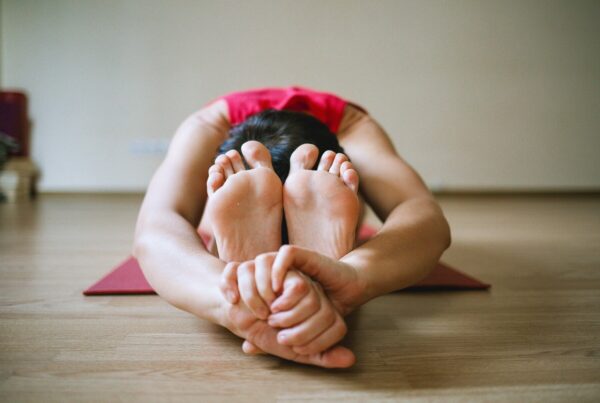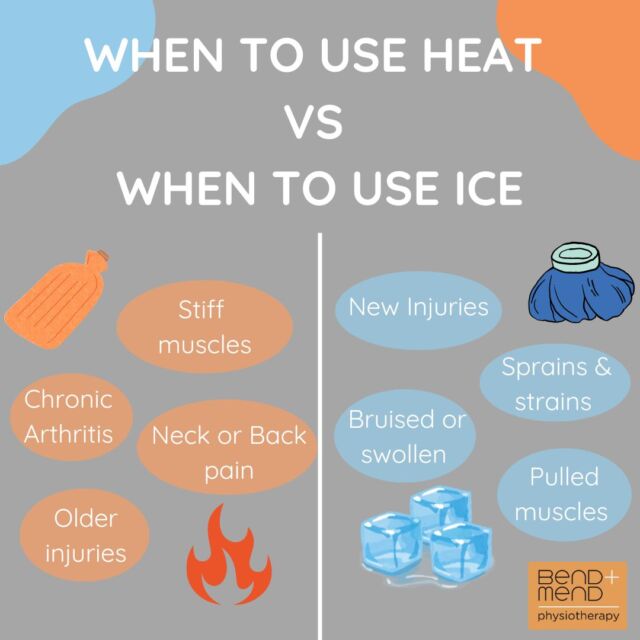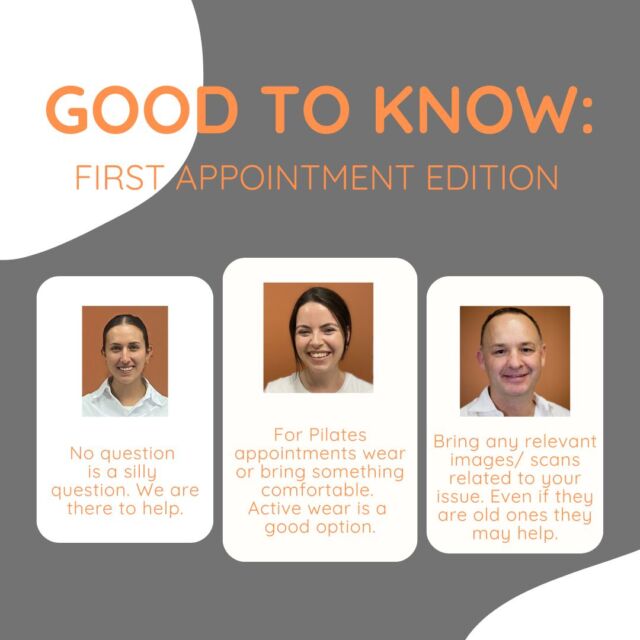What is hypermobility?
Hypermobility is present in up to 15% of the population in one form or another. Hypermobility means your joints can move beyond the normal range of motion. Being extra flexible is an advantage in activities such as swimming, dancing, or gymnastics. Most flexible people don’t experience pain or symptoms due to their flexibility. However, others can experience symptoms, and this is when being hypermobile can become problematic.
Being hypermobile can come with other symptoms including:
– Pain and “stiffness” in the joints
– Joints that sub lux/dislocate easily
– Fatigue
– Recurrent injuries – such as ligament damage (sprains etc)
– GI issues (digestive problems)
What is the difference between being flexible and hypermobility?
Flexibility refers to the ability to lengthen muscles, hypermobility refers to a laxity in the ligaments surrounding the joints. In other words, you can gain flexibility through consistent stretching techniques, but you cannot stretch ligaments to increase joint mobility.
How can Pilates be beneficial for hypermobility?
Hypermobility leads to an increased range of motion in our joints. This means that a hypermobile individual needs to have sufficient strength for their whole range of motion. Pilates works to increase stability, muscular strength, and endurance – all of which are particularly important for hypermobility.
Another function of Pilates is to increase proprioception, which is essentially body awareness, involving special awareness, co-ordination, and balance. Hypermobile people can have difficulty knowing where their body is in space, simply because they have a larger range of movement than others. Pilates focuses on building this awareness and can have a significant impact on enhancing our proprioception and improving internal stability.
If you are concerned that hypermobility is impacting you and would like to see how Pilates can be beneficial for you, book in with one of our Physiotherapists for a Pilates Assessment. During this assessment , the physiotherapist will identify which joints are hypermobile and develop an appropriate exercise programme accordingly.







